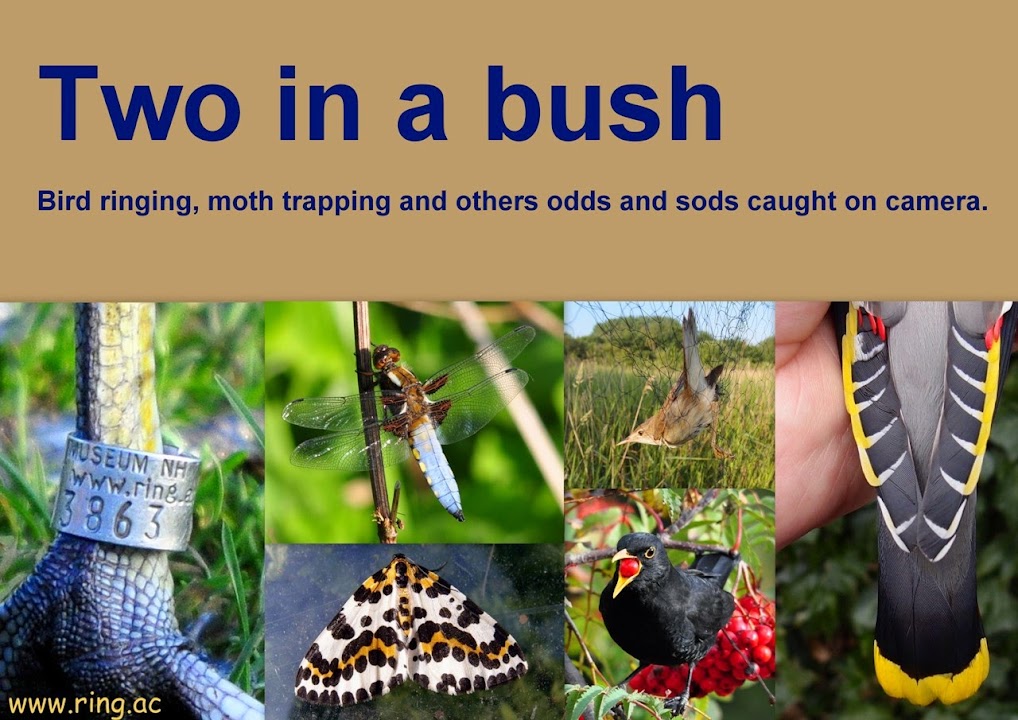As I have been running a RAS project for a few years now the majority of Starlings that breed within foraging range of the garden are already ringed with both a BTO ring and a numbered colour ring so most of the effort involves recording colour-ringed birds when they come to feed. My Starlings are pretty well trained and come to a supply of home made fat cakes in a cage on a bird table and hung in a tree near a window. This means I get to do most of the observations from the comfort of an armchair and with a plentiful supply of coffee at hand. Any unringed birds are easily caught for ringing if they enter the cage to feed as the door on the cage is closed via a string that comes in through a window.
Of the 89 adults recorded so far 65 were ringed in previous breeding seasons with 47 being at least 2 years old and the remaining 18 being ringed as juveniles last year. If those birds are representative of the local population as a whole it means 72.3% are experienced breeders and just 27.7% are breeding for the first time. There is still plenty of time for other colour-ringed birds to be recorded so it will be interesting to see what these figures look like at the end of the RAS period.
 |
| D25 has been resighted numerous times this season and was originally ringed as a breeding adult in 2016. |
 |
| They really are a smart looking bird. In addition to providing fat cakes I occasionally throw bread, suet pellets and a few dried mealworms on the lawn. |
 |
| I happened to photograph this Starling having a quick shake. |


No comments:
Post a Comment